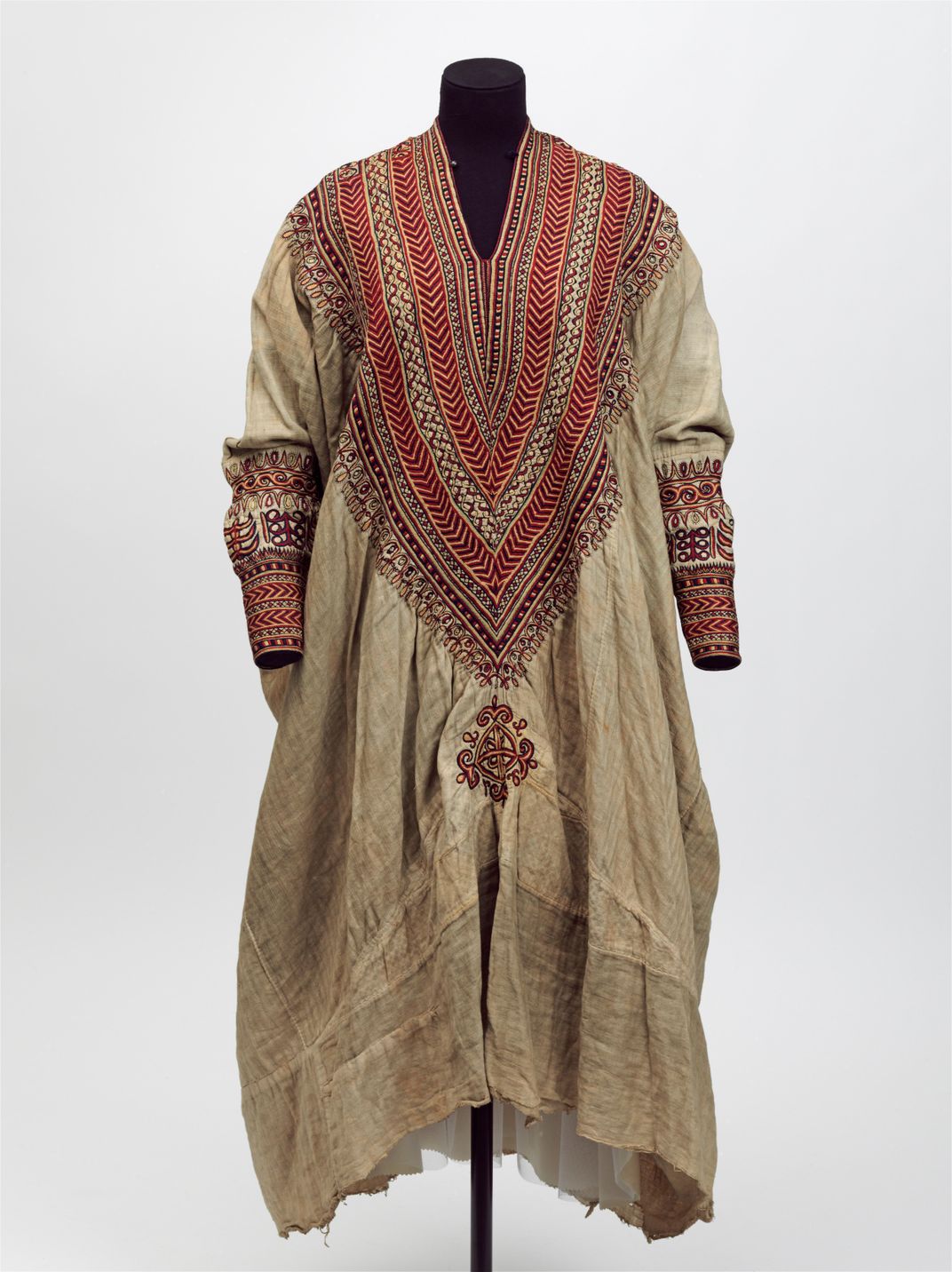London Museum Says It’s Willing to Return Looted Ethiopian Artifacts on Long-Term Loan
A new exhibition at the Victoria and Albert Museum grapples with Britain’s seizure of cultural treasures during the 1868 Battle of Maqdala
:focal(1967x2815:1968x2816)/https://tf-cmsv2-smithsonianmag-media.s3.amazonaws.com/filer/40/5a/405af591-8f16-41ab-8f5d-3ec4386806ad/crown2.jpg)
In 1868, some 13,000 British and Indian troops stormed the fortress of Ethiopian emperor Tewodros II, who had seized several European hostages amid a breakdown of relations with the British government. The invading army secured the release of the hostages, destroyed the fortress and took hundreds of precious items.
According to Anna Codrea-Rado of the New York Times, a selection of artifacts looted during the Battle of Maqdala, as the conflict is known, are on display at a new exhibition at the Victoria and Albert Museum in London. What’s more, the director of the museum has indicated that the institution is open to returning the artifacts to Ethiopia on a long-term loan, 150 years after they were taken from the country.
“Maqdala 1868,” as the exhibition is titled, showcases a number of artifacts from the former Abyssinian Empire, which once flourished in the areas of modern-day Ethiopia and Eritrea. Among the items on display are a golden chalice, an ornate, three-tiered crown and a dress that once belonged to Queen Terunesh, the wife of Tewodros II. The exhibition seeks not only to highlight the beauty and craftsmanship of these objects, but also to reflect on their history, according to museum director Tristram Hunt. In a Victoria and Albert blog post, Hunt calls attention to the importance of "tracing their origins and then confronting the difficult and complex issues which arise.”

The Ethiopian embassy in London collaborated with the museum on the launch of the new exhibition. Officials have reportedly discussed the return of the Maqdala artifacts to Etihiopia; Hunt tells Martin Bailey of the Art Newspaper that he made “a clear statement to the ambassador, saying that if Ethiopia is interested in pursuing the long-term loan of the Maqdala items we would stand ready to assist.”
But as Javier Pes of Artnet News points out, Hunt has stopped short of offering a complete restitution of the contentious objects. “I am skeptical of the wow-and-awe approach, having been a politician,” Hunt, who served as a Member of Parliament from 2010 to 2017, tells Pes. “[S]o I am aware of the mind set, which is political.”
Museums have long faced pressure to return cultural objects to their countries of origin, and some institutions are taking steps to heed these demands. Last year, for instance, French President Emmanuel Macron said that it was a “top priority” for the French government to institute temporary or permanent restitutions of seized African art.
“African heritage can’t just be in European private collections and museums,” he said during a trip to Burkina Faso in November, as Codrea-Rado reported at the time.
The Association for the Return of the Maqdala Ethiopian Treasures says that of the 468 items known to have been taken from the 1868 battle, only 10 have been returned to Ethiopia. A spokeswoman for the British Museum, which has around 80 Maqdala artifacts in its collections, tells Codrea-Rado that the institution would be willing to consider any loan requests from Ethiopia, but that “[t]here is a great public benefit to material from Ethiopia being represented within the context of the British Museum’s world collection where it is accessible to millions of international visitors a year.”
In his Victoria and Albert blog post, Hunt writes that even in 1868, the seizure of objects from Maqdala “was regarded as … shameful.” William Gladstone, who was the British prime minister in 1868, reportedly condemned the looting of the treasures and urged that they be returned once “they could be restored.”
Though it may not come in the form of a full restitution, the return of the Maqdala artifacts to Ethiopia could be on the horizon. And the "Maqdala 1868" exhibition at the Victoria and Albert marks an important reckoning with the contentious history of the objects’ acquisition.
“As custodians of these Ethiopian treasures, we have a responsibility to celebrate the beauty of their craftsmanship, shine a light on their cultural and religious significance and reflect on their living meaning, while being open about how they came to Britain,” Hunt writes. “'Maqdala 1868' marks the beginning of what we hope will be an ongoing dialogue about the history of these objects and their place in our national collection today.”